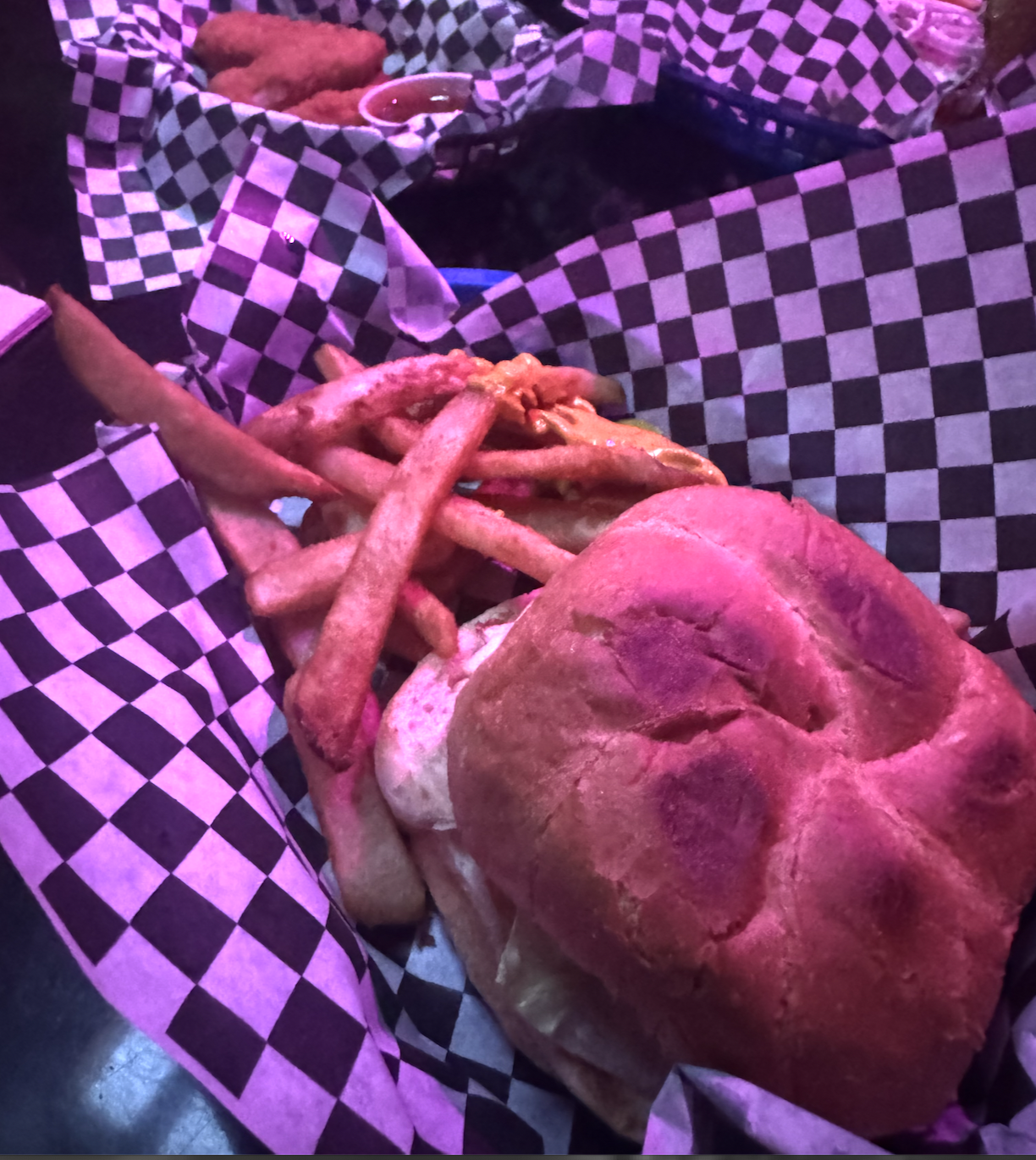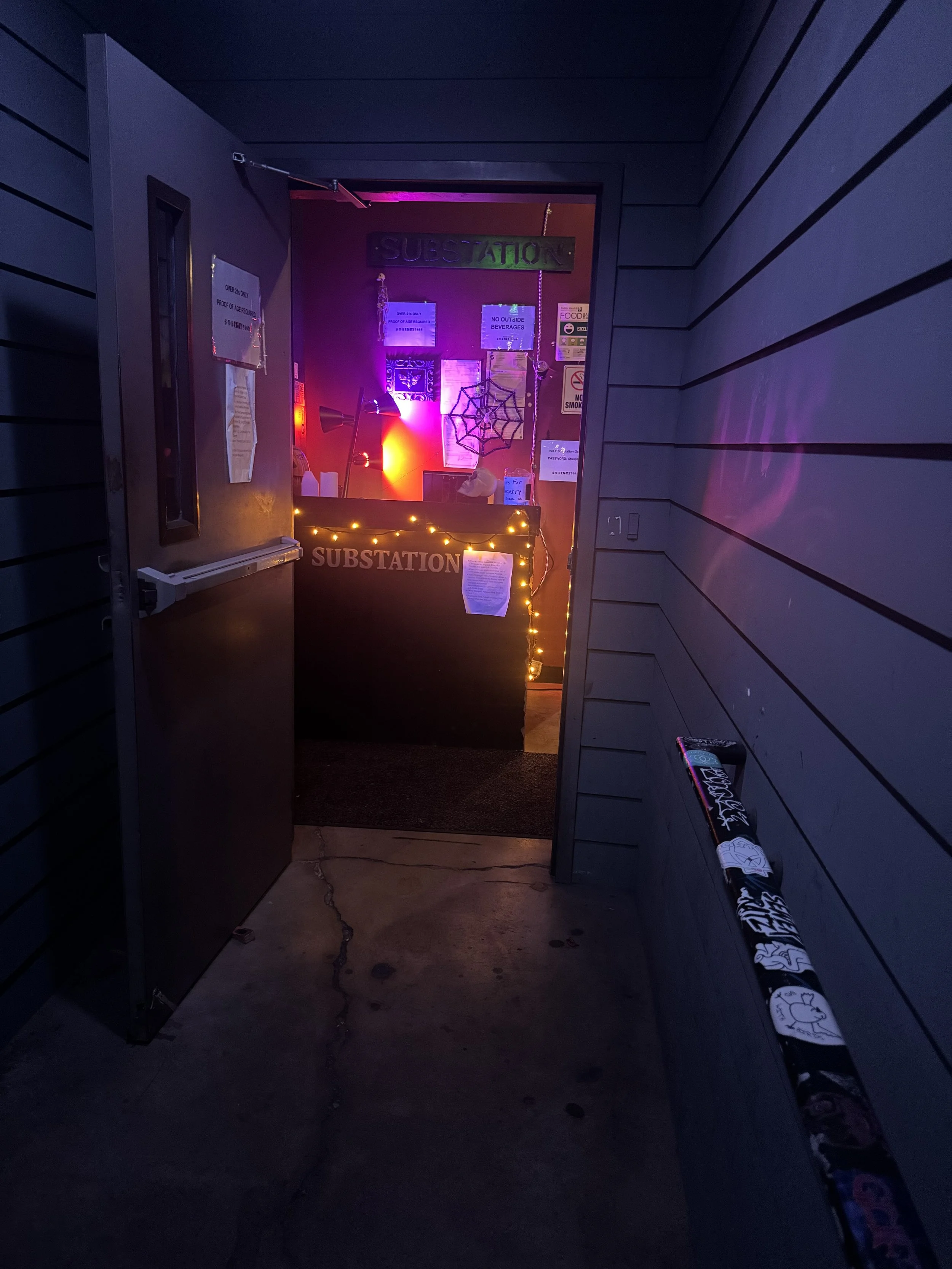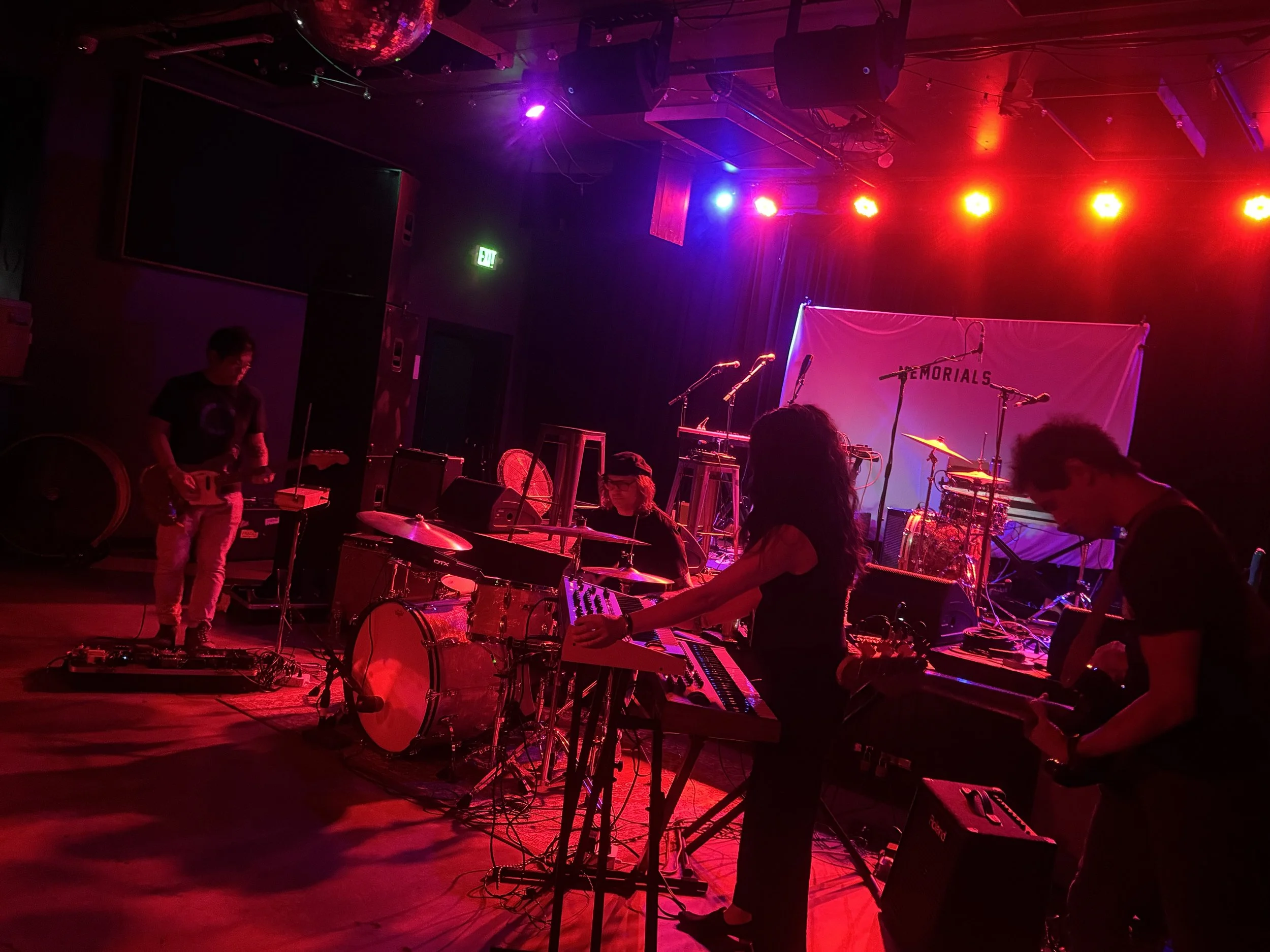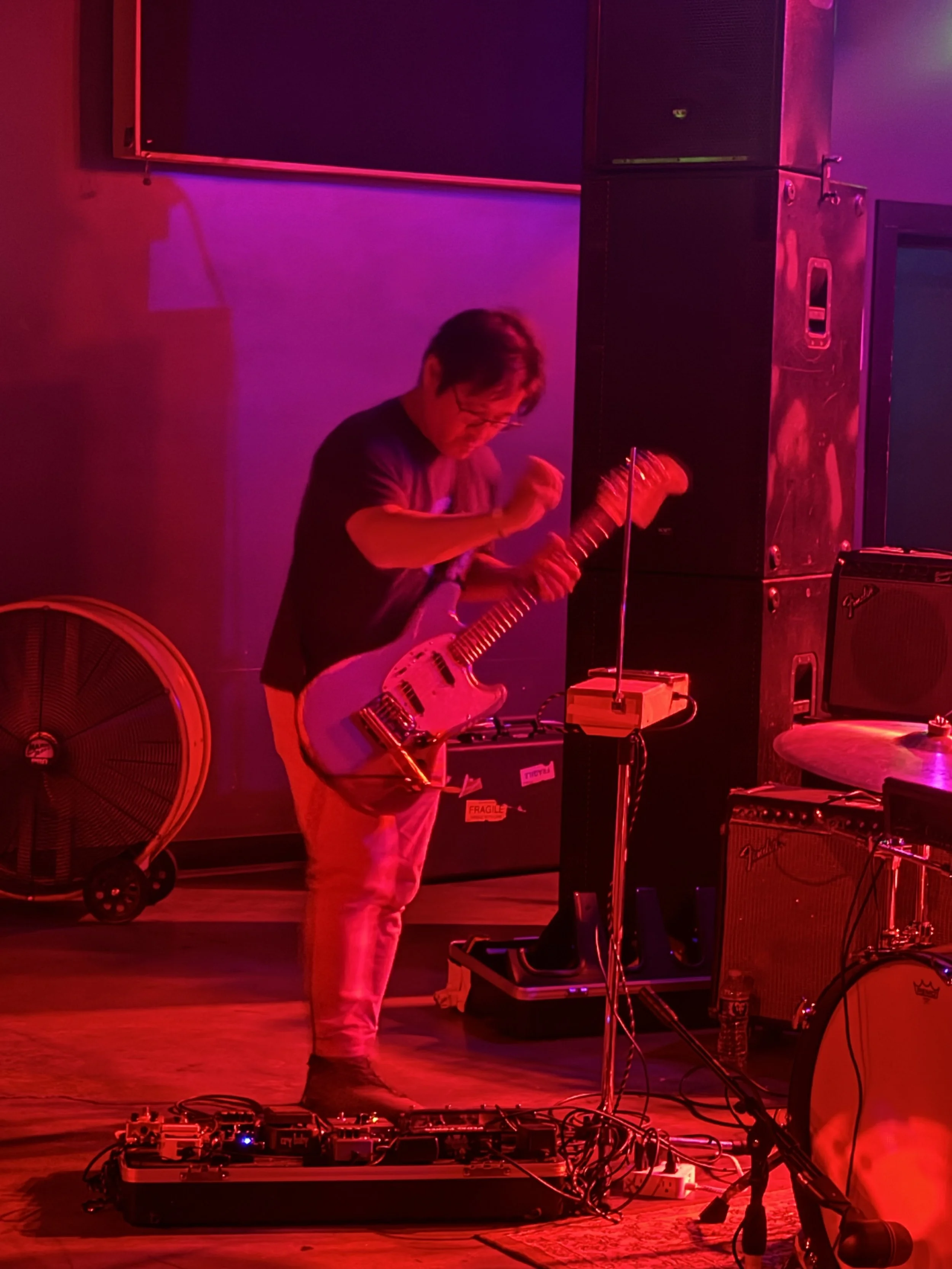I’m All Lost In, #104: Shade; two Seattles; seven songs.
I’m All Lost In…
the 3 things I’m obsessing about THIS week.
#104
1) Shade
As the Anthropocene accelerates into catastrophe, shade is an increasingly important natural resource. I wrote about shade in this context back in July [I’m All Lost In, #92, July 21, 2025] when I applauded what I called “the most contrarian essay ever written,” a NYT opinion piece that championed buildings and the built environment as vital founts of shade.
As we know, NIMBYs who live in neighborhoods long-ago clear cut to make room for their single family homes and 500 square foot lots have hypocritically weaponized shade, ie, tree canopy as an anti-development talking point.
Well, judging by a brand new, astute book by environmental journalist Sam Bloch titled Shade that was shelved under “Ecology” at the Prince St. McNally Jackson bookshop rather than where I went looking for it under “Urban Studies,” city planners are now turning the pro-shade argument into a talking point of their own in favor of development. That contrarian NYT article was evidently onto the very latest in urban planning.
For the record: Building denser and taller—as opposed to building single homes on single lots that require sprawl and swaths of deforestation—is a smarter way to house people in its own right. But reclaiming shade as pro-development is certainly a canny and seismic POV.
And Bloch isn’t only about density and city infrastructure; like all urbanists, he’s pro-trees too. But, yes, he also calls for a shift in city design that envisions new development as a critical source of shade.
He starts his case by pointing out that this isn’t a new idea. Chapter 2: The World’s Oldest Cities Know the Wisdom of Shade unearths the the pro-shade tenets of Mesopotamian design.
“Forget palm trees and ponds,” Bloch writes.
In ancient Mesopotamia, cities were the real oases, the places where weary travelers got out of the sun. Long before anyone dreamed of street trees, the Sumerians made shade from the city itself. They did this mainly by packing their houses close together. They built squat, ten-foot-tall homes that shared two or three walls with the neighbors. A snaking maze of alleys no more than five feet wide provided ingress. Only when the sun was directly overhead did the light break through. Mesopotamian streets were deep, narrow canyons, at least twice as tall as they were wide. They were plunged in shade.
Bloch explains the clever and intentional geometry behind this idea, noting two synchronized factors: Make your buildings taller than your streets are wide, and build your street grid diagonally rather than orienting it north/south/east/west; this prevents the neighborhood from being under direct sun light all day.
I also found Bloch’s intro compelling. He playfully points out how shade has come to be associated with nefarious activity, i.e., shady. In a book challenging the conventional anti-development wisdom that shadows are bad, Bloch sets out to recast shade in a positive light.
2) A Tale of Two Cities
AP, 10/9/25. The media lets Trump frame the story.
The willfully naive way the media has framed Trump’s war on American cities is an example of media acquiescence in a year otherwise defined by acquiescence to Trump’s regime in general.
Asking whether Trump’s characterization of Portland as a “war zone” is accurate isn’t merely a spineless case of pretending there are two sides to the story, it’s downright public gaslighting.
How about this instead: President Trump Fabricates Tales of Urban Unrest as Pretext for Turning Federal Troops on American Cities. Or more succinctly: In Domestic Military Clampdown, Trump Lies about U.S. Cities.
I bring up my obsession with Trump’s war on cities (which I’ve been obsessed with since 2016) to offer this salubrious dispatch from Seattle, another American city that’s been maligned by Trump’s ideological renaissance of rubes.
Seattle, October, 7, 2025, 5:45 pm: Seamless two-seat Metro bus connection. Take the #8 from Capitol Hill to 7th and Denny where you immediately catch the #28. Get off at 43rd & Leary, a rare and marvelous Seattle intersection of industrial, commercial, low-rise multifamily, and neighborhood residential zoning. The bus chauffeurs you directly to the front door of 4 Bs Tavern, a self-described “blue collar bar” where they also serve vegan chicken tenders. Like Madison Pub, my favorite Capitol Hill dive [I’m All Lost In, #81, May 4, 2025], the patrons are 99% men; only here, in industrial West Fremont, none of them seem gay. Billiard tables (one of the 4 Bs?), rows of pinball machines, and plenty of tables and booths. An excellent fried fish sandwich packed with grilled onions and served with seasoned fries. The beer barrel of a bartender slides me a full yellow squeeze bottle of mustard (as opposed to the paper ramekin you get when you request yellow mustard any place else these days; pet peeve, when did yellow mustard become a second tier condiment?)
The fish sandwich and fries at 4Bs Tavern, 10/7/25
On the TV above my roomy booth, hometown hero Cal Raleigh hits his 61st home run in the top of the 9th, a 391’ blast as the Mariners go up 2-1 in their best-of-five American League Division series against Detroit. A chorus of cheers fills the room. Cash out. Slip into the quiet neighborhood and walk two blocks along 6th Ave to the Substation [I’m All Lost In, #27, April 19, 2024], a former electric utility building at NW 45th St. and 8th Ave. NW that’s been recycled into an underground music performance space for outré artists. My suddenly-new-favorite local band, Iroiro [I’m All Lost In, #102, September 28, 2025] take the stage starring theremin and electric guitar expert Kento Oiwa. Space out as Oiwa stitches counterpoint Phrygian Mode guitar lines and theremin sound waves into the chill synthesizer arrangements by his bandmate Michiko Swiggs. This experimentation shimmers against heavy indie rock bass and drums. The skinny crowd sways along. Step outside after their set into the lovely evening. A fall night going to sleep as summer.
NW 45th and 8th Ave, across the street from the Substation, 10/7/95.
Substation at NW 45th and 8th Ave where 8th intersects with Leary Way NW, 10/7/25
Iroiro at the Substation, 10/7/25; and my (must-watch) video of the band in action that night ..…
Iroiro’s Kento Oiwa on theremin and electric guitar, 10/7/25
3) Seven Songs
What do the pop tunes “Dreaming” and “Picture This” by late ‘70s new wave act Blondie have in common with 1950s doo-wop classics “Earth Angel” and “In the Still of the Nite;” or with 1980s pop masterpiece “Come On Eileen;” or with the rock-reggae jam “Police & Thieves,” by Junior Mervin (subsequently turned up by the Clash); or with “A Message to You, Rudy,” originally by 1960s Jamaican rock steady artist Dandy Livingstone (and updated by the 1980s British ska revivalists, The Specials)?
Plenty if you like catchy melodies. Also: they share a retro-pop agenda. “A Message to You, Rudy,” “Police & Thieves,” and “Come On Eileen” were all part of a knowing move by late 70s/early 80s mostly white British youth to honor and re-activate the music of Caribbean immigrants and Black Brits as their own political signal against Thatcherism. And like the Specials’ cover of 1967’s “A Message to You, Rudy,” NYC’s Blondie would also go on to cover a Jamaican rock steady song, the Paragon’s 1967 tune “The Tide is High.”
But the actual common denominator is that all these songs are in my piano set.
I learned four of these seven jams back in 2021 when I embarked on a piano project to figure out one early rock & roll song per month. The project went for three-plus years (and extended beyond 1950s rock & roll to include the Sex Pistols, Lorde, Bowie, Blondie, Prince, 1920s pop, and more and more ‘60s ska and rock steady.)
There are close to 30 songs in my piano set now, but to be honest I have to re-learn each song whenever I stop playing it regularly. Thankfully, the learning curve is less difficult each time I sneak back (“Ooooh, I remember how lovely that existential flatted sixth sounds over the four in songwriter Jesse Belvin’s poignant phrasing on ‘Earth Angel’”).
Prompted by re-learning “Come On Eileen” Sunday night and then rollicking away at it for two hours that seemed to go by in 10 minutes, I set out to reconnect with a few other piano favorites.
By the end of the week, I had the aforementioned batch of seven pop songs at my fingertips. And playing “A Message to You, Rudy,” and “Earth Angel” in particular rose to the level of obsession.
Given that this installment of I’m All Lost In… marks two years of posting about my obsessions, it was appropriate to find that a tune from my piano set was also an item on the very first week of these dispatches; back then, on 10/18/23, I was working through the 1962 Smokey Robinson and the Miracles R & B hit “You’ve Really Got a Hold on Me.” Also included in that premiere post: TikTok piano teacher Joanna Garcia, who I must admit I haven’t followed for a while now, and standup comedian Andrea Jin, who I admit I don’t even remember.
A year later, on 10/11/24, the 52nd installment of I’m All Lost In… featured: the 1929 flapper novel Ex Wife by Ursula Parrot; the endlessly painful topic of antisemitism; and the reactionary Seattle City Council’s budgeting hypocrisy.
Some of this week’s obsessions are certainly ongoing—at least according to the spreadsheet I kept during the first year of writing these posts when Music, Books I’m Reading, Seattle, Playing Piano, Blondie, and The Clash showed up as either Top 5 obsessions by generic category or Top 5 obsessions by specific topic.
I think therefore I am, but what am I if I think about it all the time? Regardless, thank you for continuing to read about it.







